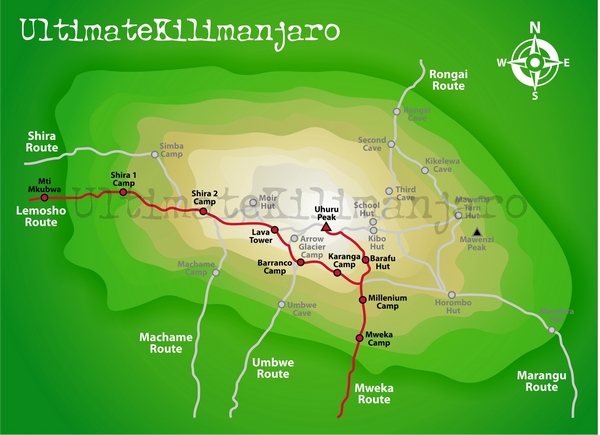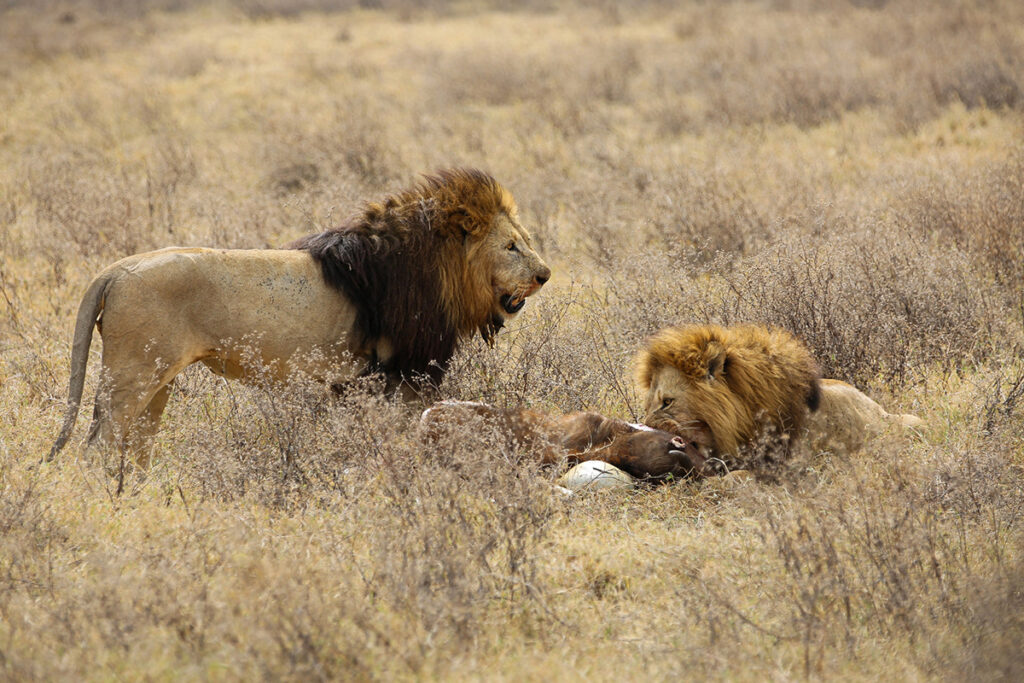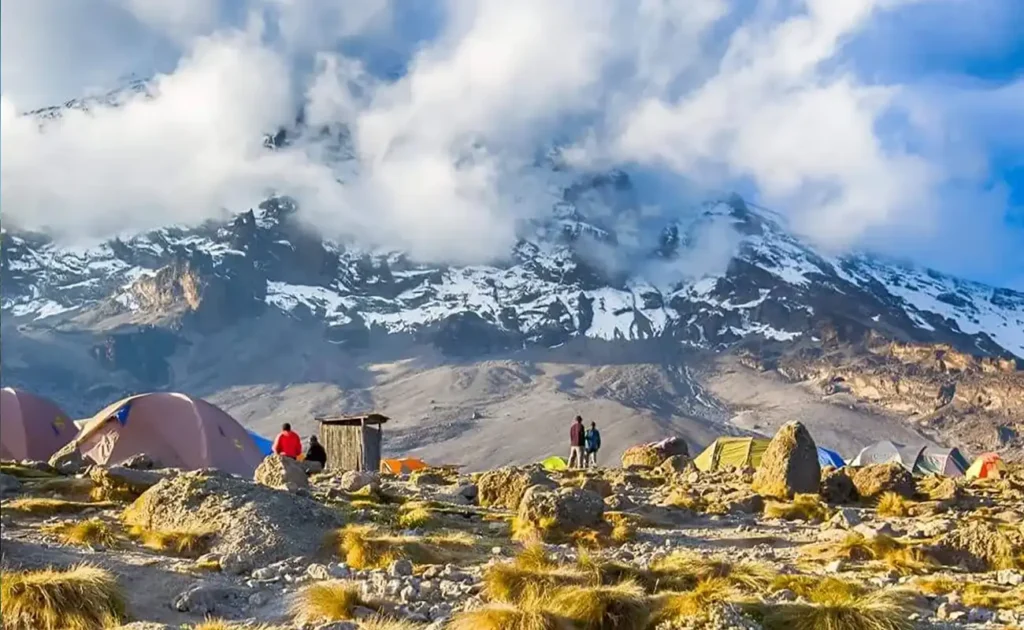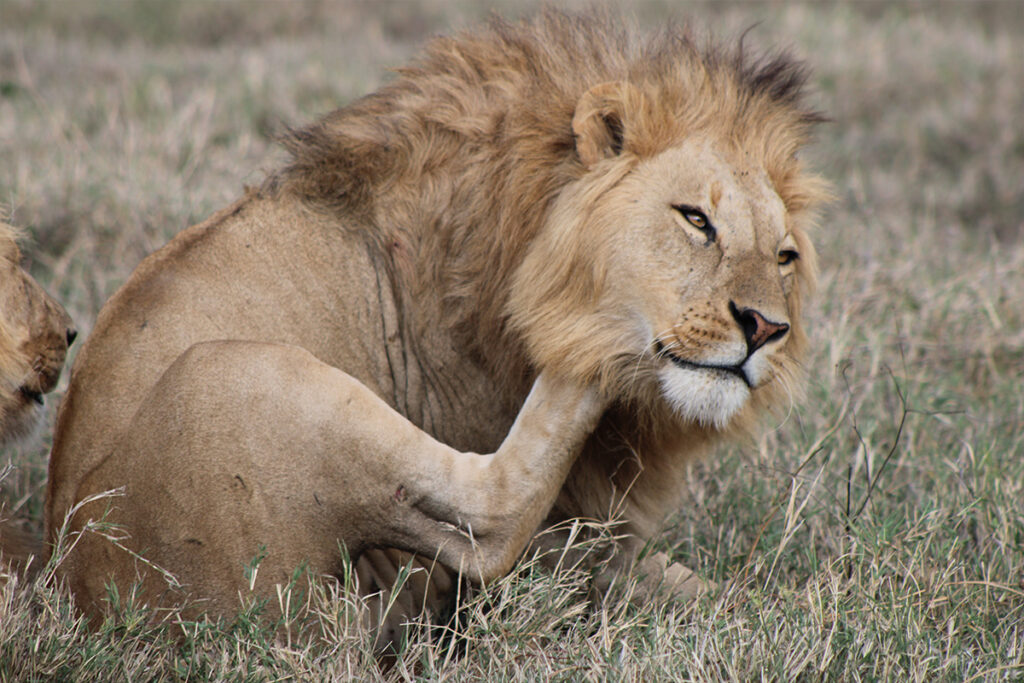Climbing Kilimanjaro isn’t merely a hike; it’s a journey through changing climates and ecosystems over several days. The Lemosho route is often hailed as one of the most scenic trails. With a success rate higher than other routes, it serves as the perfect adventure for those with a keen interest in nature and history.
The 7-day Lemosho itinerary is designed to allow climbers ample time for acclimatization, which significantly increases summit success rates. Starting on the west, through lush rainforest, it gradually ascends into alpine deserts. Each day is meticulously planned to balance physical challenge and recovery, ensuring climbers make the most of their ascent to Uhuru Peak.

7-Day Lemosho Itinerary: Maximizing Your Kilimanjaro Climb
The 7-day Lemosho itinerary offers a great blend of challenge and beauty. Starting from the lush rainforest, climbers experience diverse wildlife and vibrant plant life. As the days progress, the landscape changes dramatically. By day three, the trail approaches the famous Shira Plateau, offering panoramic views. These changing scenes keep the journey exciting and rewarding.
Proper acclimatization is crucial for a successful climb. The itinerary includes slower ascents and scheduled rest days. Such planning helps the body adjust to changes in altitude. Each day on the Lemosho route maximizes this advantage. Experienced guides ensure everyone’s safety and well-being, which is vital for reaching Uhuru Peak.
As you prepare for this adventure, remember to bring the right gear. Essential items include warm clothing and strong hiking boots. Also, pack a reliable sleeping bag for cold nights. Other must-haves are a hydration system and a first-aid kit. These items can significantly improve your climbing experience.
Experienced guides often share crucial tips to enhance the climb. It’s important to pace yourself and drink plenty of water. Eating a balanced diet helps maintain energy levels. Plus, sharing the journey with fellow climbers can motivate you. Always listen to your body and communicate any concerns with your guide.
Climbing Mount Kilimanjaro – Lemosho 7-day Route Adventure
Why Choosing the Lemosho Route
The Lemosho Route is favored by many for its scenic beauty and high success rates. It offers diverse landscapes, from dense forests to open moorlands. On clear days, climbers enjoy stunning views of Mount Meru and the Shira Plateau. The gradual ascent allows for better acclimatization, which is crucial for reaching the summit. Overall, the route provides a well-rounded Kilimanjaro experience.
Another reason to choose Lemosho is its lower initial traffic. The trail begins on the quieter, western side of the mountain. This means fewer trekkers and a more peaceful climb. Wildlife sightings are more common in this area, with animals like black and white colobus monkeys often seen. Such encounters make the journey even more memorable.
Support from experienced guides enhances the climb’s success rate. They help manage the pace and ensure safety, offering valuable insights about the trail. Guides are familiar with the best camping spots and provide tips for conserving energy. Their presence is invaluable, especially in challenging sections. Relying on expert guidance often means a safer, more enjoyable climb.
Preparing for all weather conditions is necessary on the Lemosho Route. Temperatures can vary from warm rainforests to chilly alpine zones. Packing appropriately is key to staying comfortable. Items like waterproof clothing and layers are essential. Ensuring proper gear can determine the success of your Kilimanjaro adventure.
The Day to Day Itinerary for Lemosho Route
On the first day, climbers begin their journey at Londorossi Gate. From there, the trail winds through a dense rainforest rich with plant life. It’s a gentle start, and trekkers often spot local wildlife. The hike ends at Big Tree Camp, where everyone settles in for a restful night. The day sets a relaxed pace for acclimatization.
The second day brings trekkers to the Shira Plateau. The landscape shifts from jungle to moorland. With expansive views, the plateau is a hiker’s delight. Camp is set up at Shira 1, allowing for further acclimatization. It’s an ideal spot to rest and take in the breathtaking scenery.
On day three, the trail leads through volcanic rock formations. As elevation increases, breathing becomes more noticeable, emphasizing the importance of pacing. The destination is the Shira 2 Camp, known for its panoramic views of Mount Meru and the plains below. The cool air signals the approach of the alpine desert. Evening brings time for stories and camaraderie.
Midway through the itinerary, climbers face their first big challenge: the Lava Tower. It’s both a test and an opportunity for acclimatization. The climb is steep and demanding, reaching 15,190 feet. After the ascent, the route gently descends to Barranco Camp. This descent helps the body adjust and builds confidence for the days ahead.
Acclimatization on the Lemosho Route
Acclimatization is a key aspect of the Lemosho Route, ensuring that climbers can adapt to the high altitudes. The route includes a combination of gradual ascents and strategically timed rest days. This approach helps in reducing the risks associated with altitude sickness. The slow and steady climb allows the body to adjust. Effective acclimatization is essential for successfully reaching the summit.
On the Lemosho Route, the “climb high, sleep low” strategy is frequently used. Climbers ascend to a higher elevation during the day and then descend to sleep at a lower elevation. Such practice aids in better acclimatization. For instance, reaching the Lava Tower during the day and returning to Barranco Camp for the night. This daily routine significantly helps the body adapt to changing altitudes.
The diverse terrain of the Lemosho Route also aids in acclimatization. Each day presents a new ecosystem, from rainforests to alpine deserts. These varied environments challenge the body, promoting better adaptation. By trekking through different altitudes, climbers can adjust more effectively. The scenic beauty also keeps the journey engaging and enjoyable.
Guides play a crucial role in monitoring acclimatization. They track each climber’s health throughout the journey. Checking for symptoms like headaches or dizziness is a regular part of their routine. Their expertise helps in taking the necessary precautions promptly. Proper guidance ensures that climbers stay safe and healthy.
Nutrition and hydration are vital components of acclimatization. Eating well-balanced meals helps maintain energy levels. Drinking plenty of water is equally important to avoid dehydration. Climbers are advised to drink 3-4 liters of water daily. Staying hydrated aids in better blood circulation, which is essential at high altitudes.
Lastly, proper preparation before the climb can enhance acclimatization. Engaging in regular cardio exercises can boost stamina. Gradually increasing altitude during training helps condition the body. Learning deep breathing techniques can also be useful. All these preparations aid in managing the physical demands of the climb.
Essential Gear for Climbing Kilimanjaro via the Lemosho Route
Selecting the right gear is crucial when preparing for the Lemosho Route. Each item can impact the overall experience, so it’s essential to make informed choices. A sturdy pair of hiking boots is non-negotiable. They provide the necessary support and stability, especially on rough and rocky terrains. Waterproof boots are ideal, as they protect against unexpected rains.
A high-quality, insulated sleeping bag is also vital. Nights on Kilimanjaro can be bitterly cold, and a warm sleeping bag ensures a restful night’s sleep. Consider a sleeping bag that withstands temperatures below freezing. In addition, carrying a sleeping pad provides added insulation from the cold ground. These items make overnight camping more comfortable.
Clothing layers are a smart strategy for varying weather conditions on the mountain. Start with moisture-wicking base layers to keep dry. Add fleece or down jackets for warmth, and top it off with a rainproof outer shell. Items to pack include:
- Base layer shirts and pants
- Mid-layer jackets
- Waterproof pants and jackets
- Warm gloves and hats
Don’t forget to bring essential accessories like a headlamp and trekking poles. A headlamp is helpful for early morning summit attempts. Trekking poles provide balance and reduce strain on knees during steep descents. Sunscreen and sunglasses are necessary to protect against harsh UV rays at high altitudes. With these, climbers are well-prepared for the journey ahead.
Lastly, a reliable backpack is essential for carrying daily necessities. Opt for a waterproof backpack with good support. It should hold items like water, snacks, and a first-aid kit. Quick access pockets are handy for frequently used items. A well-organized backpack ensures comfort and convenience on the trail.
Tips and Strategies for a Successful Kilimanjaro Climb
Preparation is key for a successful Kilimanjaro climb. Begin by setting a consistent training schedule a few months before your trip. Cardiovascular exercises, such as jogging or swimming, improve endurance. Adding strength training helps build core and leg muscles. Consistency in training boosts stamina for the climb.
Acclimatization is crucial and should never be rushed. Choosing a slower route like Lemosho allows your body time to adapt. Adopting the “pole pole” (slowly, slowly) approach conserves energy and reduces the risk of altitude sickness. It’s essential to listen to your body and pace yourself. This method enhances your chances of reaching the summit.
Proper hydration and nutrition are vital for sustaining energy throughout the climb. Drinking 3-4 liters of water daily helps maintain hydration levels. Balanced meals rich in carbohydrates provide essential fuel. Include snacks like nuts and energy bars for quick boosts. Keeping your body nourished is crucial.
Packing the right gear can make or break your climb. Besides clothing layers, bring quality hiking boots and waterproof outerwear. Essentials like a headlamp, sunscreen, and sunglasses protect against the elements. Consider using a checklist to ensure nothing is left behind. A well-prepared climber is more likely to succeed.
Mental fortitude is as important as physical readiness. Staying positive and focused helps overcome challenges. Encouraging fellow climbers fosters team spirit and motivation. Many climbers create personal mantras to stay determined during tough sections. Mental strength often pushes climbers to reach the summit.
Key Takeaways
- The Lemosho route offers stunning views and diverse landscapes.
- A 7-day itinerary helps with better acclimatization on the climb.
- Expert guides enhance safety and success rates for climbers.
- The route allows experiencing rainforests, moorlands, and alpine deserts.
- A well-planned schedule ensures maximum enjoyment of the adventure.




